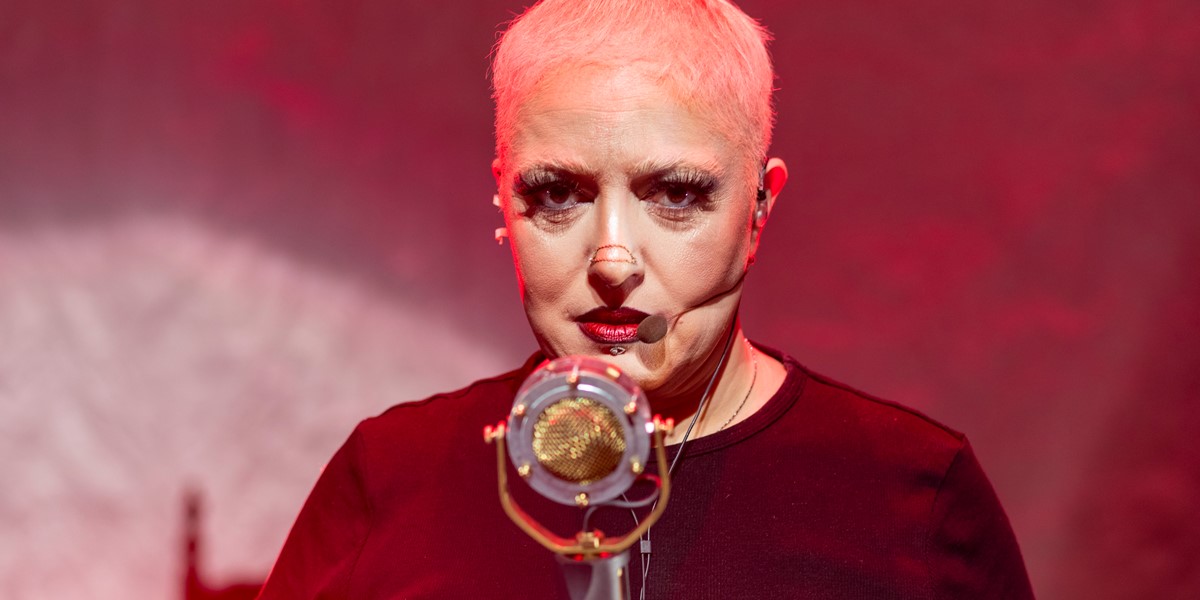Friday, December 13, 2024
Ambassador of Persian Flamenco
By Devon Leger
With her new show, debuting in Toronto, Farnaz Ohadi has found the perfect showcase for her exploration of flamenco’s Persian roots


Register now to continue reading

Thanks for visiting the Songlines website, your guide to an extraordinary world of music and culture. Sign up for a free account now to enjoy:
- Free access to 2 subscriber-only articles and album reviews every month
- Unlimited access to our news and awards pages
- Our regular email newsletters

